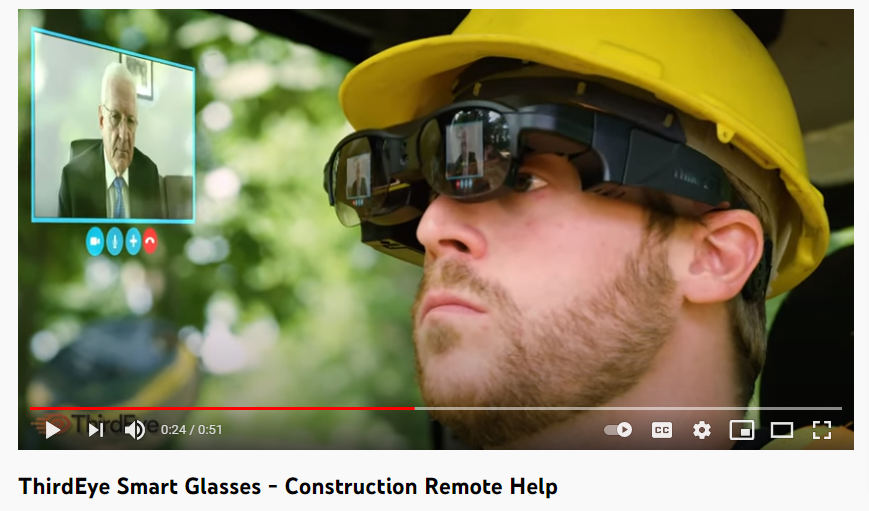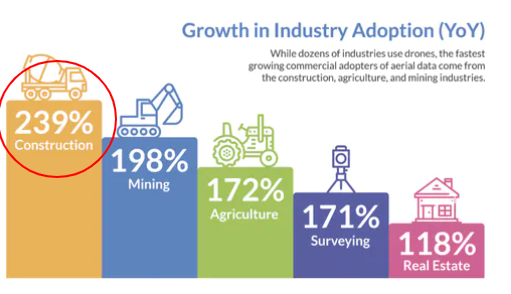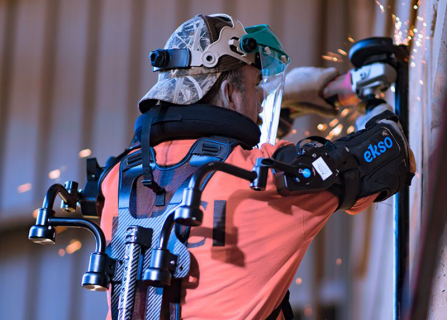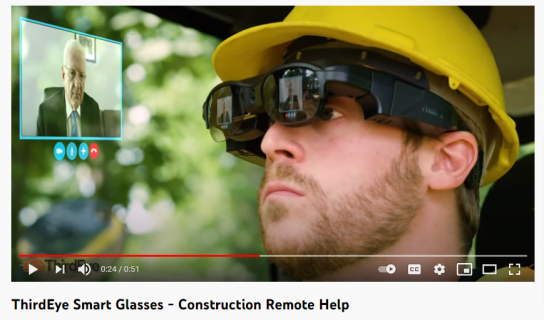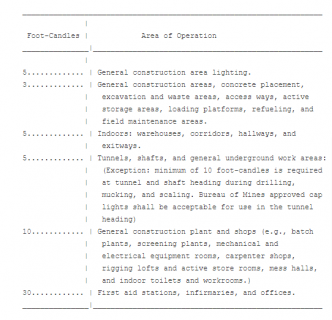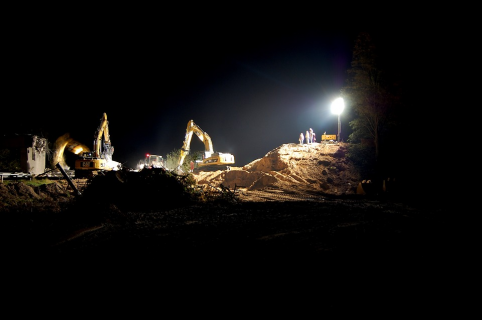The construction industry is known for workplace accidents and fatalities. The Centers for Disease Control and Prevention confirms that construction fall fatalities are the highest among all industries. No wonder, this domain has earned a lot of scrutiny and each year we see technological advancements and new trends to make construction safer and more efficient than before.
In this post, we have shared a few upcoming safety trends that promise to make this segment safer.
- The Domain Is Experiencing a Boom in Technological Advancements
As safety trends becomes a priority, several technologies are making their way into the construction industry. Technologies like augmented reality, virtual reality, wearables, smart clothing, and AI-powered drones are being applied to construction sites to create a safe work environment for all. These technologies are enabling workers to perform their tasks without worrying about accidents and injuries.
Let’s look at these construction technologies in detail.
- Augmented Reality/ Virtual Reality
AR and VR simulators are being used for training new employees and offer them hands-on experience in managing potentially dangerous situations. These prepare them to encounter emergencies in real life.
- Drones
In the past few years, we have seen greater adoption of unmanned aerial systems (UAS) or drones in the construction sector. In fact, the construction segment has been the fastest-growing commercial adopters of drones.
These devices can provide accurate real-time information to project teams, enabling them to perform tasks while reducing the risk of worksite accidents.
- Exoskeletons
Exoskeletons are bodysuits that can assist with a variety of physically demanding tasks while making the load feel lighter for workers. These suits are also known to ease the musculoskeletal burden of repetitive tasks, such as riveting, digging, and drilling.
No wonder, exoskeletons are being increasingly applied to construction sites especially in tasks that could benefit from extra support for arms or shoulders for extended periods.
- Wearables
Though exoskeletons count as wearables, several other technologically advanced devices make construction safe and convenient.
For instance, AR smart glasses offer a connected and hands-free communication tool that helps in incident management and emergency response. These goggles allow workers to switch between drawings, specifications, and phone calls, thereby reducing the risk of accidents and errors.
Similarly, smart vests and boot inserts monitor a worker’s heart rate, body temperature, and sweat rate, thus protecting them from life-threatening issues like a stroke or a cardiac arrest.
Wearables are also offering training apps that help workers learn about the top construction safety measures and the latest methods to perform their jobs efficiently. emergencies
- Robots and Automated Equipment
AI-enabled robots are gaining popularity in the construction segment because they can effectively handle dangerous and arduous tasks like demolition. Though this trend taps into the fear of automation replacing humans, such equipment can help teams focus on work that requires finer skills and craftsmanship. The machines can do the heavy lifting.
- Site Sensors
AI-powered environmental sensors detect temperature, humidity, pressure, and smoke levels on a job site and alert the team in case something goes awry. Most of these sensors are equipped with alarms, alerting workers to speed up evacuation in case of an emergency. No wonder, site sensors are quite prevalent in the construction domain.
- Construction Lighting Is Gaining Attention
Construction lighting is critical to workplace safety. Appropriate lighting significantly improves visibility at nighttime and reduces the risk of accidents. It also ensures the safety of passersby in high-traffic zones.
The Occupational Safety and Health Administration (OSHA) has enlisted certain standards for lighting to enable construction workers to navigate the area with ease and avoid hazards. The minimum requirements are measured in foot candles, a standard level of light emitted from one candle falling on a one-square-foot area one foot away.
Here’s a snapshot of OSHA standard 1926.56(a) that shares minimum foot candles for each area of operation, including the ramps, runways, and storage areas.
Besides these safety standards, a technology that has revolutionized the construction realm is LED lighting. Owing to their illumination, efficiency, and eco-friendliness, these lights are being increasingly applied throughout the construction site.
Source
LED flood lights, for instance, provide optimal visibility for an otherwise dim work site. Its illumination creates a strong beam of light that covers a large area.
Safety trends show an increasing number of firms are conscious of complying with the OSHA standards and aim at making the workplace safer for their employees. In this scenario, the demand for LED lighting is expected to grow.
- Offsite Construction and Remote Workforce Is Growing
The novel coronavirus has changed the way all industries operate, including the construction sector. Offsite construction is increasingly popular during this period as it allows the project teams to maintain social distancing while performing their tasks. So, in the coming years, expect workers to plan, design, fabricate, and preassemble the elements of the project offsite.
Further, most construction firm operations have moved to remote working for implementing the social distancing protocol. Construction site managers cannot stay away from the site forever; however, at present, the digital way of operating building sites looks like the only way to go.
As the pandemic continues to spur new challenges, the construction industry is expected to invest in internal knowledge documentation, robust communication tools, and real-time project management solutions to maintain work progress and keep their workers safe.
Wrapping Up
The construction industry has always had a reputation for being unsafe and slow to adopt new technologies to make the workplace safer. However, that scene is changing!
New trends are hitting this domain and industry professionals are investing in the latest tools and technologies to empower their teams to perform the construction tasks efficiently and safely.
